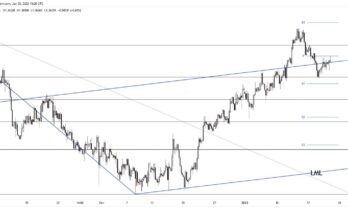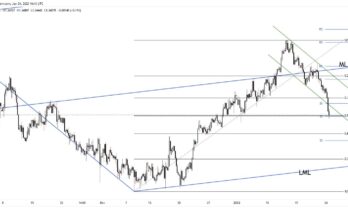It is a rather peculiar re-entry Tuesday as the US dollar is rallying despite an overnight session filled with positive European economic data. Following Friday’s dismal US jobs report, the greenback was on retreat but as the euro and pound could not hold the technically important $1.10 and $1.50 levels, respectively, the dollar is rising once again.
Global stocks have all risen as well as investors digest the latest NFP report as “bad news means good news†and accommodative policies could remain longer for the world’s largest economy. The Reserve Bank of Australia kicked off a heavy week of meetings as the RBA kept rates unchanged at 2.25%.
The Aussie dollar was trading higher despite remarks that left the door open for more rate cuts, as February retail sales exceeded expectations. Up next is Bank of Japan (tonight) and the Bank of England (Thursday), both of which should leave policy unchanged.
Turning to the UK, the CIPS US Services PMI had its best result in seven years coming in at a robust 58.9 reading. While the pound has recovered a bit, it is strange to see Cable still easing lower as this number accounts for nearly one-third of the entire British economy.
This economic strength has shown itself in the EUR/GBP rate, which has dipped yet again on Tuesday, touching a low below 0.7300. Similarly out of mainland Europe, the markets returned from the long Easter holiday to find strong service and composite PMI results out of France, Germany and the Euro area. All three missed expectations by 0.1 but remain firmly in expansionary territory, coming in comfortably above the key 50.0 level.
Despite some M&A chatter concerning an all cash bid from FedEx for TNT (€4.4 bn), the euro slumped nearly 1% off Monday’s close as the single currency could not find support anywhere.
As stated above, price action is rather strange today as markets return to full capacity. US data is rather limited and the dollar should continue to trade lower as US data weakness is compounded by Friday’s NFP report. The Federal Reserve’s Kocherlakota speaks before 9am EST today and his comments could garner some attention. As the Fed tried its best to push back the time table on rate rises for 2015, Mr. Kocherlakota is a known dove who has dissented at four of the last nine meetings, choosing more accommodative policies citing inflation expectations. Mr. Kocherlakota has gone as far to say that the Fed should never have ended its QE program last October and similar rhetoric could be repeated today, which may halt the dollar’s rise on Tuesday.
Finally, looking to the north, Canada’s dollar has remained in a rather tight range despite the wide swings this Tuesday. There is limited data out of Canada until Thursday, when building permits and new housing prices for February are released. On Friday, Canada will unveil its latest report on the labor economy, as the March jobs report will be released. Canada’s labor market is expected to increase by 19k new jobs after February’s massive +34k result. While there remained some debate over the details of February’s +34.5 print, past revisions may overshadow the result with one week until the next policy meeting.
By Stephen Casey a Senior Foreign Exchange Trader and Market Analyst at Cambridge Global Payments
In this week’s podcast, we feature an Interview with FXStreet President Francesc Riverola on the industry, volatility and more
Subscribe to Market Movers on iTunes



